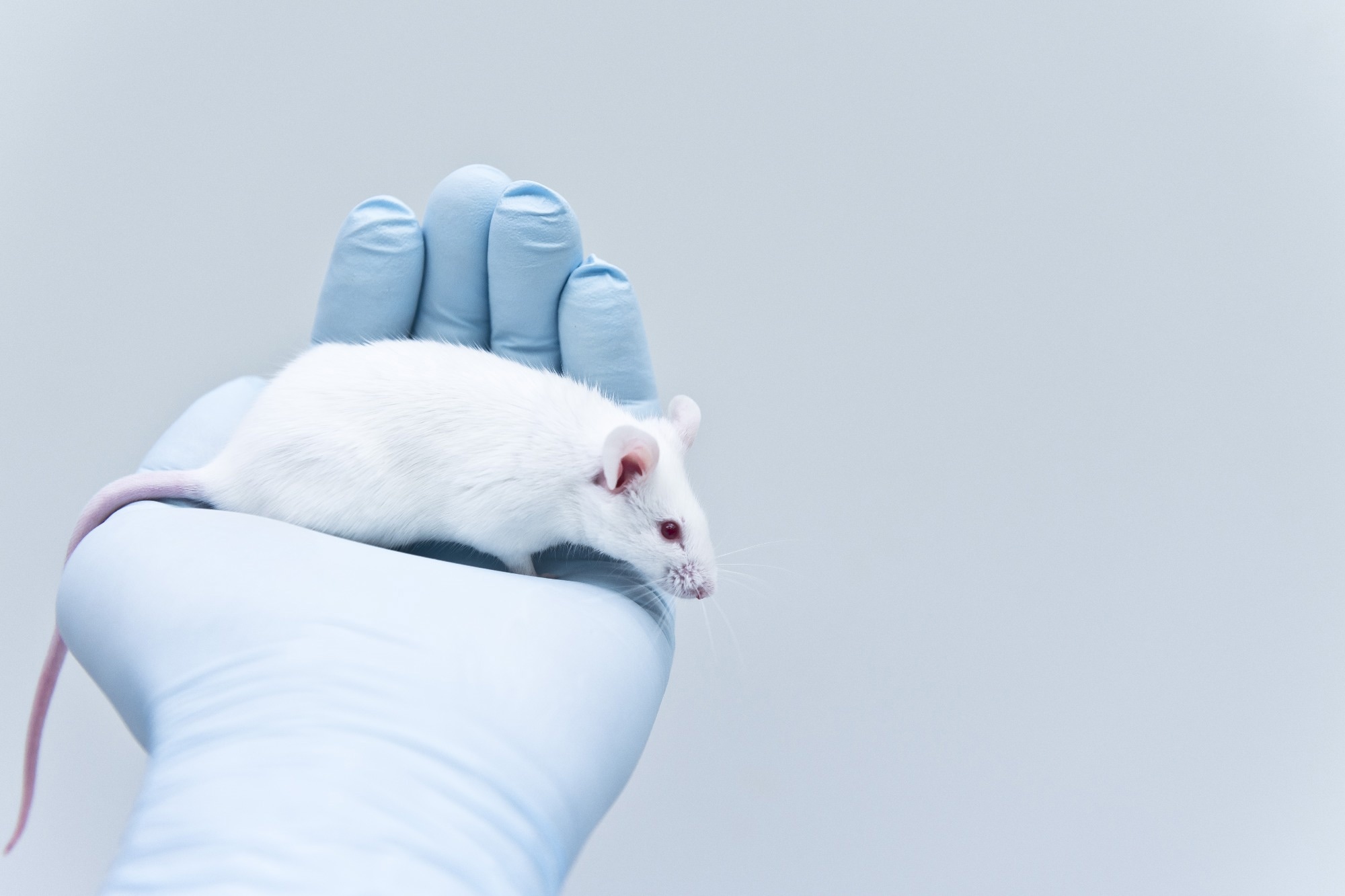Necrotizing enterocolitis is a life-threatening neonatal disease with high morbidity and mortality rates. Despite the complex pathophysiology of the disease, ischemia-reperfusion injury is an end-point common across the various pathophysiological processes in necrotizing enterocolitis.
In a recent study published in Scientific Reports, researchers described the transcriptional changes that occur in the intestines after remote ischemic conditioning (RIC) is applied to a murine necrotizing enterocolitis model with ischemia-reperfusion injury.
 Study: Transcriptomic analysis of the effect of remote ischaemic conditioning in an animal model of necrotising enterocolitis. Image Credit: unoL/Shutterstock.com
Study: Transcriptomic analysis of the effect of remote ischaemic conditioning in an animal model of necrotising enterocolitis. Image Credit: unoL/Shutterstock.com
Background
Necrotizing enterocolitis is a disease that exclusively affects newborns and has a high mortality rate. Pathophysiology consists of intestinal inflammation and necrosis, leading to perforation of the intestine, sepsis, and death. Ischemia-reperfusion injury is one of the common end-points of necrotizing enterocolitis.
Remote ischemic conditioning is a method that has shown some success in protecting against ischemia-reperfusion injury.
It involves applying non-injurious ischemia and reperfusion in short cycles to an organ system to protect it against ischemia-reperfusion injury systematically.
Previous studies using murine models of necrotizing enterocolitis have shown that RIC lowers the levels of pro-inflammatory cytokines such as interleukin (IL)6, IL1β, IL22, IL17, interferon γ, and tumor necrosis factor α.
About the study
In the present study, the researchers used whole transcriptome analysis of messenger ribonucleic acid (mRNA) to understand the changes in the biochemical pathways in the intestines when RIC is applied to a murine model of necrotizing enterocolitis with ischemia-reperfusion injury.
Suckling rat pups between 10 and 13 days of age with induced intestinal injury were used as the necrotizing enterocolitis animal model.
The ischemia-reperfusion injury was induced by occluding the superior mesenteric artery through a surgical incision in the abdominal cavity, followed by reperfusion. The control group animals underwent a placebo surgery.
Animals with induced ischemia-reperfusion injury and those with the placebo or sham surgery were randomly assigned to RIC and non-RIC groups.
The animals that underwent RIC received three cycles of five minutes each of induced ischemia and five minutes of reperfusion. A ligature to the hind limb occluded the arterial inflow and induced ischemia.
A section of the ileum was then obtained at the end of the RIC for RNA extraction, quantitative analysis, library preparation, sequencing, and analysis. Spectrophotometry was used to quantify the RNA, after which the extracted RNA's purity was assessed to determine the occurrence of fragmentation.
A copy of the deoxyribonucleic acid (cDNA) library was prepared for the transcriptome analysis of the mRNA isolated from the extracted RNA. Next-generation sequencing was carried out to sequence the transcriptome, and the transcriptomic reads were then aligned and analyzed.
Before testing for differential expression of genes, the researchers excluded mRNAs that were expressed at low levels and used principal component analysis and hierarchical clustering to exclude inconsistent reads and Type II errors.
Additionally, the phenotypic data of the rats were also included to account for potential confounders or batch effects.
Differential expression of genes was compared for three pairs of groups — animals with induced ischemia-reperfusion injury versus the control group, animals with ischemia-reperfusion injury who underwent RIC versus those with ischemia-reperfusion injury and no RIC, and animals with the sham surgery who underwent RIC versus the control group.
Major findings
The comparison of gene expression between animals with sham surgery with and without RIC revealed that 868 genes were expressed differentially.
Furthermore, RIC in animals with induced ischemia-reperfusion injury resulted in the differential expression of 135 genes as compared to animals with ischemia-reperfusion injury who did not receive RIC.
A comparison of results between the two pairs of groups revealed that the differential expression of 25 genes was common.
Several of these 25 genes are known to be involved in inflammatory pathways and were promising candidates in the RIC pathways in the intestine.
These included the chemoattractant chemokine (C-X-C motif) ligand 1 (CXCL1), the antiapoptotic tissue inhibitor of matrix metalloproteinases-1 (TIMP1), complement regulator CD55, superoxide dismutase 2 (SOD2) involved in reactive oxygen species detoxification, and nuclear factor kappa B2 (NF-κB2), which is vital in innate inflammation.
The gene CXCL1, Map3k8, and NF-κB2, which are involved in the expression of Cxcl-1, were downregulated by RIC, suggesting that RIC inhibited the NF-κB pathway. Other genes coding for pro-inflammatory molecules that RIC downregulated included SOD2 and the gene Procr coding for the protein C receptor.
Genes that were upregulated included ubiquitin-specific protease 36 (Usp36), TIMP1, CD55, and the phosphatidylinositol-3 kinase (PI3K) gene involved in the reperfusion injury salvage kinase (RISK) pathway.
Conclusions
To summarize, this whole transcriptome analysis study comparing the differential expression of genes in murine necrotizing enterocolitis models with and without RIC revealed that RIC protects against ischemia-reperfusion injury by modulating the genes involved in the inflammatory pathways.
RIC was found to downregulate several genes coding for pro-inflammatory molecules while increasing the expression of anti-inflammatory genes.